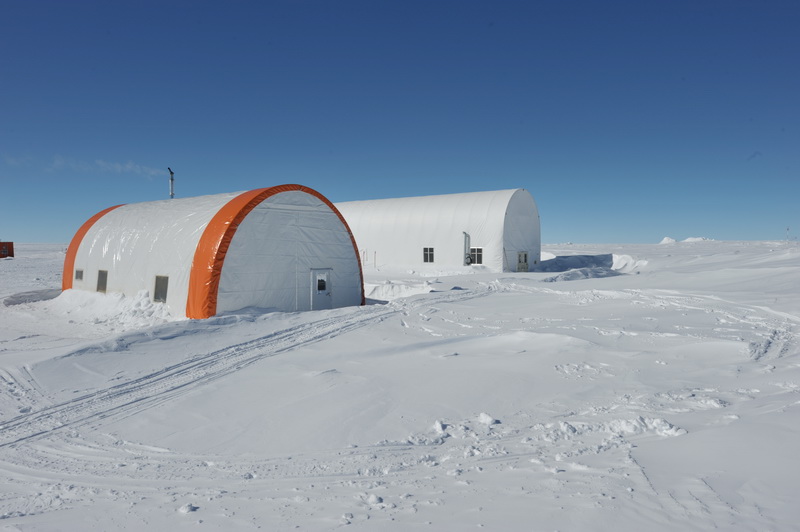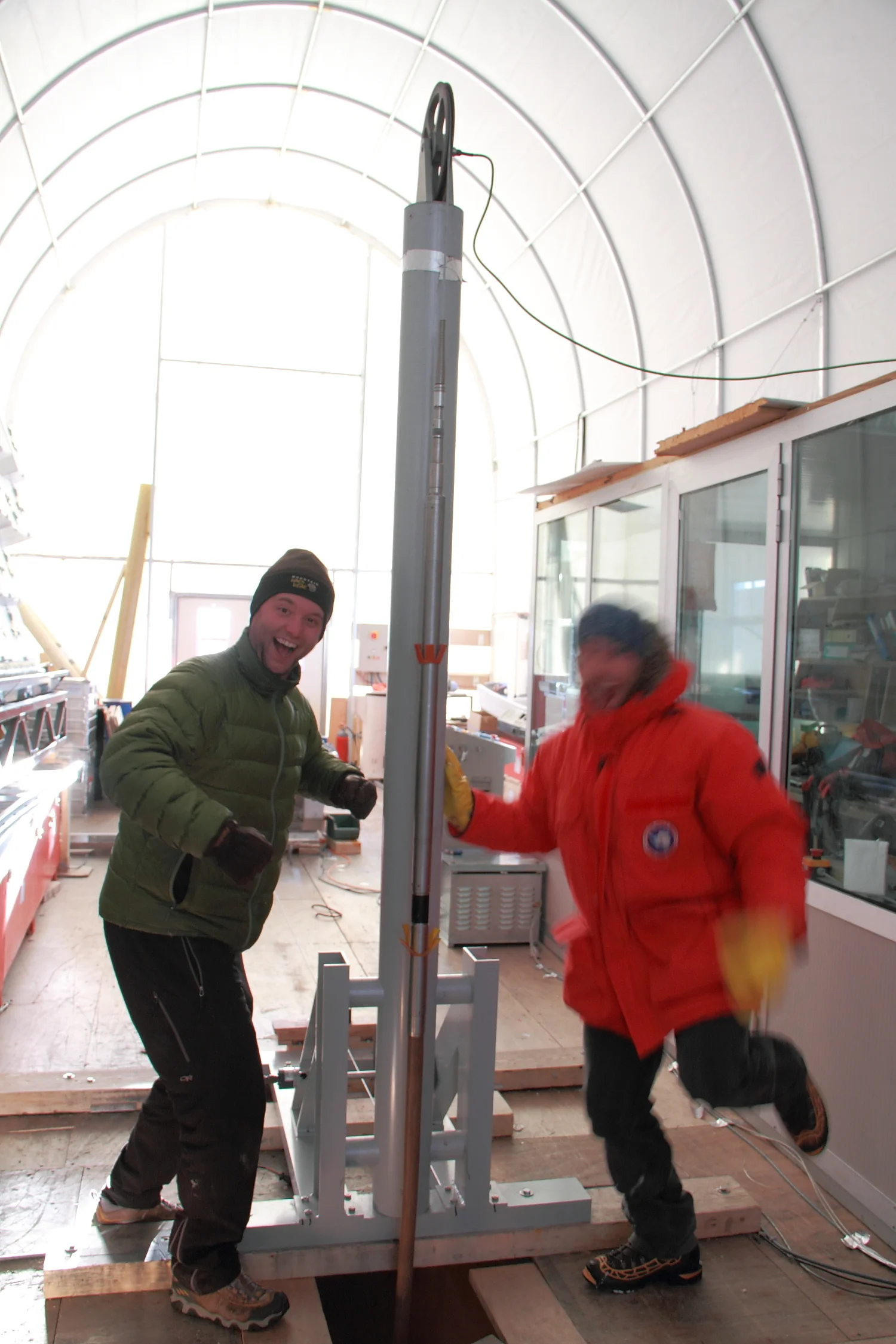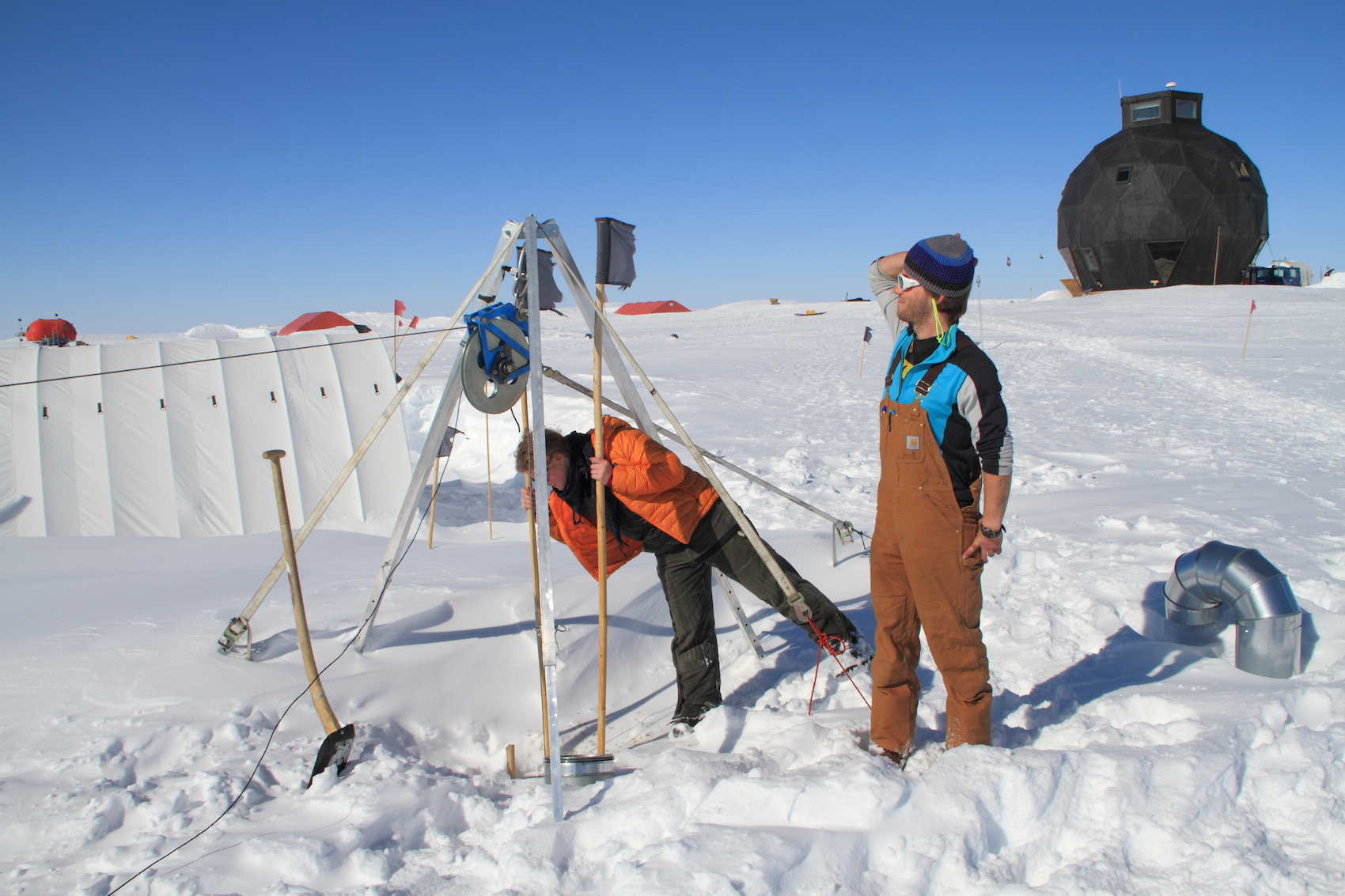Ice cores provide a wealth of information about our past climate, but getting the best interpretation of the record is imperative. The ice in a ice core captures climate information near the surface, but then it is squished and stretched and possibly folded by ice sheet dynamics. Our focus is understanding these dynamic processes deep in the interior of the big ice sheets for both ice core interpretations, but also for model of ice flow to explore past and future ice sheet geometries. This is especially interesting because ice crystals are bizarre - they act like decks of cards, easy to slide along layers, but hard to compress or twist in other ways. This behavior is known as crystal anisotropy. We combine modeling with borehole measurements to answer these questions.
How does the crystal orientation affect the ice flow on the scale of an ice sheet?
How does the crystal anisotropy evolve through time and space?
What role do specks of dust and other impurities play in crystal evolution?
Does the crystal structure itself tell us about past climate history?
Where are we most likely to initiate folding and other disturbances in the ice core record?
Collaborators Dome C Project
Dr. Maurine Montagnat, LGGE, Grenoble, France
Dr. Catherine Ritz, LGGE, Grenoble, France
Collaborators WAIS Divide Project
Dr. Rachel Obbard, Dartmouth College
Collaborators NEEM Project
Dr. Ed Waddington, University of Washington
NEEM Team
Collaborators Siple Dome Project
Dr. Will Harrison, University of Alaska Fairbanks
Dr. Ed Waddington, University of Washington
Funding Sources
National Science Foundation




